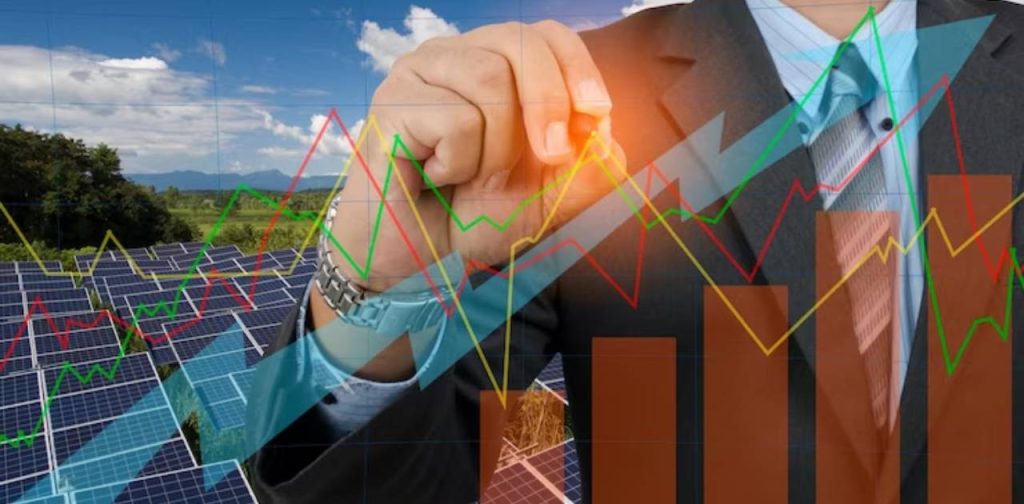Introduction
Solar energy projects are a significant part of the global shift towards renewable energy. However, like any other investment, these projects require a thorough economic analysis before implementation. This blog post will delve into the key aspects of conducting an economic analysis of solar energy projects.
Capital Costs
The capital costs, also known as upfront costs, are the initial expenses required to set up a solar energy project. These include the cost of solar panels, inverters, batteries, wiring, and installation. The capital costs can vary significantly depending on the scale of the project, the type of technology used, and the location.
Operational and Maintenance Costs
Operational and maintenance costs are the ongoing costs associated with running a solar energy project. These include the costs of monitoring, regular maintenance, repairs, insurance, and administrative costs. While these costs are typically lower than for conventional power plants, they still need to be factored into the economic analysis.
Financing
Financing is a crucial aspect of the economic analysis. The source of funds, the cost of capital, and the repayment terms can significantly impact the financial viability of the project. Various financing options are available for solar energy projects, including loans, leases, power purchase agreements (PPAs), and government incentives.
Revenue Streams
The revenue streams from a solar energy project come primarily from the sale of electricity generated by the solar panels. The revenue depends on the local electricity prices, the amount of sunlight, the efficiency of the solar panels, and any feed-in tariffs or renewable energy certificates available.
Risk Analysis
Risk analysis involves assessing the potential risks that could impact the economic viability of the project. These could include policy changes, fluctuations in electricity prices, changes in technology, and environmental factors such as less sunlight than expected.
Life Cycle Cost Analysis
Life cycle cost analysis involves calculating the total costs of the project over its entire lifespan, from installation to decommissioning. This includes capital costs, operational and maintenance costs, financing costs, and any end-of-life costs. These costs are then compared to the expected revenue over the same period to assess the project’s profitability.
Conclusion
Economic analysis is a critical step in the planning and implementation of solar energy projects. It involves a comprehensive assessment of the costs, revenues, financing options, and risks associated with the project. With a thorough economic analysis, stakeholders can make informed decisions about the feasibility and profitability of solar energy projects, paving the way for a sustainable energy future.







